King Lear at the Barbican

Following a run in Stratford-upon-Avon, the Royal Shakespeare Company brings artistic director Gregory Doran’s King Lear to London. Anthony Sher makes an imposing figure as the title character and, accompanied by a remarkable cast, presents a production that gradually lures the audience in as the rich psychological dimension of the play begins to unfold.
Feeling the burden of his advanced years, King Lear decides to abdicate and divide his kingdom among his three daughters. The youngest, Cordelia, is banished from the kingdom for not expressing her filial love with enough zeal, and so the power shifts solely to her sisters Regan and Goneril, whose greed causes the political and psychological decline of their father.
King Lear makes a grand entrance in an elevated glass box. Protected from treachery while he retains power, he becomes the target of wicked schemes as soon as he descends from his high throne, adding a literal dimension to his fall. The minimalist set helps in the formation of visually striking compositions but is mostly unobtrusive. The costumes are not only regal and elaborate, but also mimic the tone of events, from the sumptuous dresses and furs at the start, to the black, warrior-like costumes in the second half, denoting open conflict between factions.
The production is polished and cannot be faulted in terms of technical effort. The cast is strong and Anthony Sher, who strikes the right balance between authoritative and vulnerable, also benefits from having an excellent David Troughton by his side as Gloucester. The subplot of Gloucester and his sons Edgar and Edmund is especially powerful here due to the commitment of the three actors to detect and play with the nuances of these roles.
Impressive in many ways, the production does not, however, make the most of the pivotal moments in the drama. The storm scene for instance, a turning point in the story, is underwhelmingly staged. A raised platform and a large cloth prove to be too static a combination to represent the inner and outer turmoil of this potentially grand moment. In addition, the final scene does not have the taste of the climax, and sequences of battle invariably look like play-fights and sometimes fail to convince, let alone shock.
On the whole, this is an undeniably well-executed version of King Lear, and although it does not go the extra mile and largely stays within the confines of the expected, it is ultimately an engaging rendition of a notoriously complex work.
Mersa Auda
King Lear is at the Barbican from 10th November until 23rd December 2016, for further information or to book visit here.


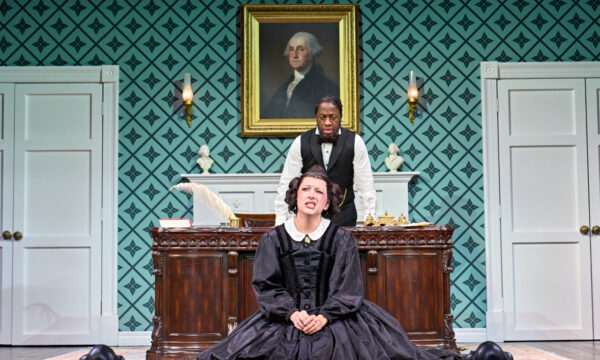
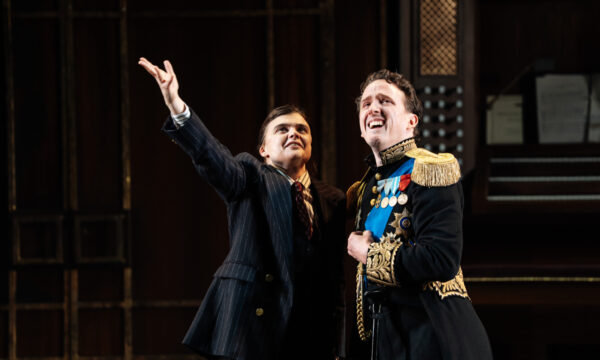




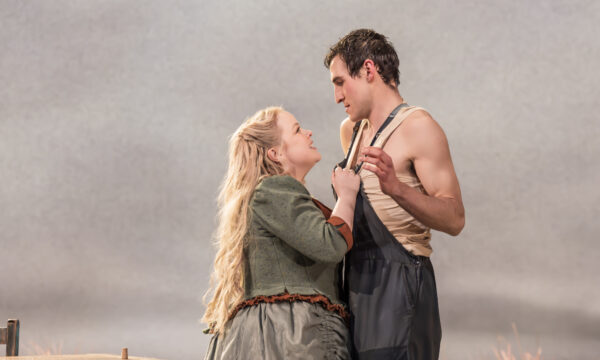




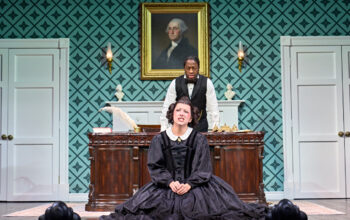
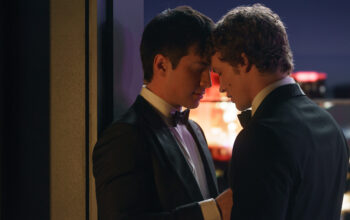
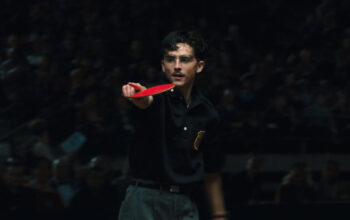










Facebook
Twitter
Instagram
YouTube
RSS